
What’s new in unified routing: April 2025 feature update
This article is contributed. See the original author and article here.
Welcome to the April 2025 release update of unified routing in Dynamics 365 Customer Service and Dynamics 365 Contact Center! This update brings a suite of new features designed to enhance the efficiency and effectiveness of your routing strategies. This post covers unified routing features released from October 2024 to April 2025. Let’s dive into some of the key features.
Least active routing method in messaging
This month, we are extending the least active routing method to messaging channels. Least active routing provides efficient workload distribution by ensuring work items are assigned to service representatives based on when they end their last conversation and have the least active in the queue. This approach prevents back-to-back assignments. Additionally, it ensures agents have adequate rest between customers. This leads to better utilization of agents, improved customer satisfaction (CSAT), service representative satisfaction (ASAT), and lower average handling time (AHT).
Learn more: Assignment methods for queues | Microsoft Learn

Presence synchronization APIs
Service representatives work across multiple Dynamics 365 environments and use different collaboration tools. This raises the need for synchronizing the right presence status across these instances to ensure service representatives are not overbooked. Also, it provides a seamless engagement experience for both customers and service representatives.
The introduction of presence synchronization APIs, will help contact centers in managing presence status’ of service representatives better. Organizations can retrieve, modify and subscribe to presence change events in real time.
Learn more: Synchronize agent presence status across multiple systems | Microsoft Learn

Workforce management with shift-based routing
Shift-based routing is a game-changer for organizations with varied working hours and global teams. To reduce conversation rejections, transfers, and customer wait times, it is critical to assign conversations and records to service representatives based on their working shift schedules and plans. This feature allows supervisors to create workforce management shift plans and assign them to one or more representatives. This ensures representatives receive assignments only during their scheduled work times. It optimizes resource usage and enhances customer satisfaction by reducing wait times during off-peak hours.
Learn more: Configure routing based on external schedules (preview) | Microsoft Learn
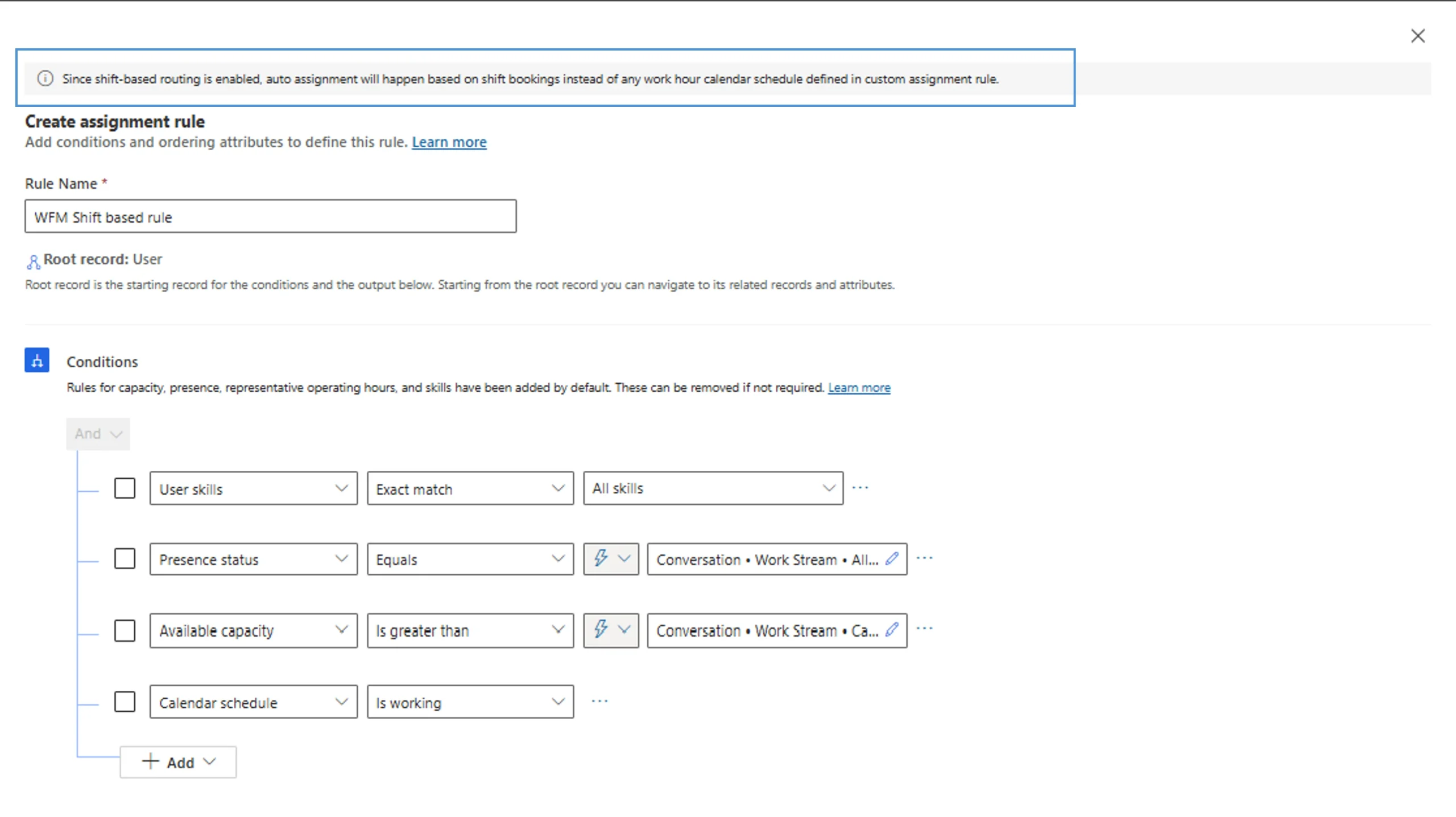
Customized notifications for returning chats
Reconnecting a returning customer to the last service representative they interacted with is now more efficient with a new notification template for returning conversations. This template provides greater control over the assignment process, ensuring that the original service representative is notified and given the opportunity to take the chat, thus maintaining continuity and enhancing the overall customer experience.
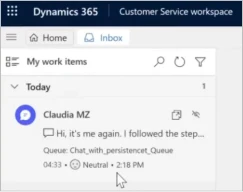
With customized notifications for returning persistent chats, admins can configure a separate notification template for returning chats, choose the auto-assignment behavior, set a distinct notification title, and even customize the timeout period. This feature helps maintain service representative-customer continuity, enabling faster resolution and a smoother experience.

Templates for managing routing rulesets in bulk
In order to simplify routing configuration and improve administrative efficiency, we are delighted to introduce the bulk management of routing rules through templates. Bulk management enables administrators to create routing ruleset templates for queues and workstreams, eliminating the need for multiple versions of the same routing rules. With a few clicks, apply prioritization, assignment, or work classification ruleset templates to multiple queues and workstreams. Administrators can manage rules centrally—any template update instantly applies to all instances in queues or workstreams, removing the need for individual ruleset maintenance.
Learn more: Manage template rulesets for unified routing | Microsoft Learn

Make sure to explore these new features to maximize the potential of unified routing in your contact center. Stay tuned for more updates and enhancements!
Learn more about unified routing
See our upcoming and recently released features here:
The post What’s new in unified routing: April 2025 feature update appeared first on Microsoft Dynamics 365 Blog.
Brought to you by Dr. Ware, Microsoft Office 365 Silver Partner, Charleston SC.


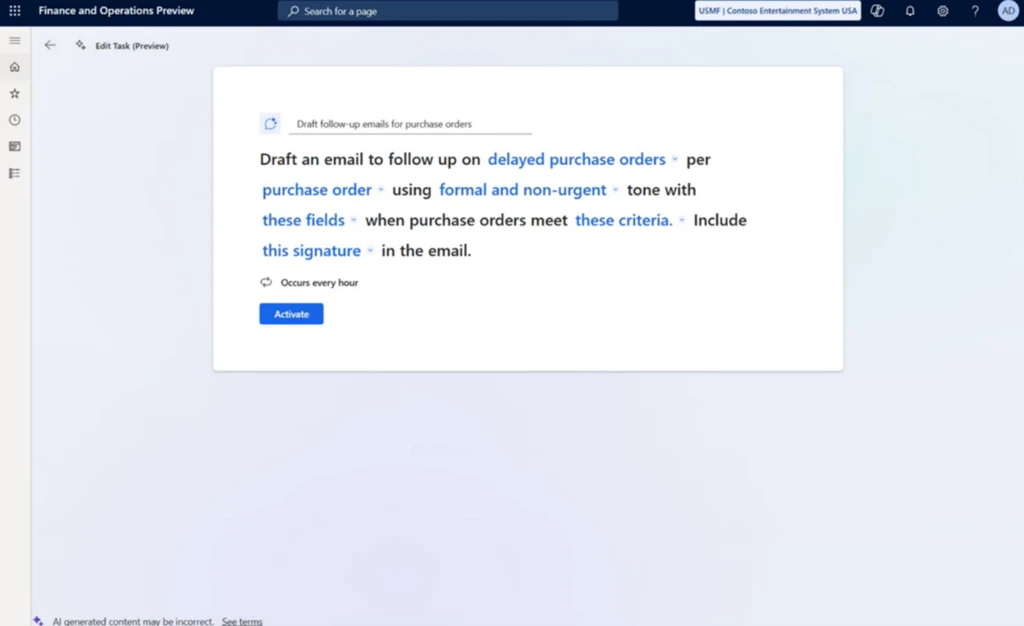
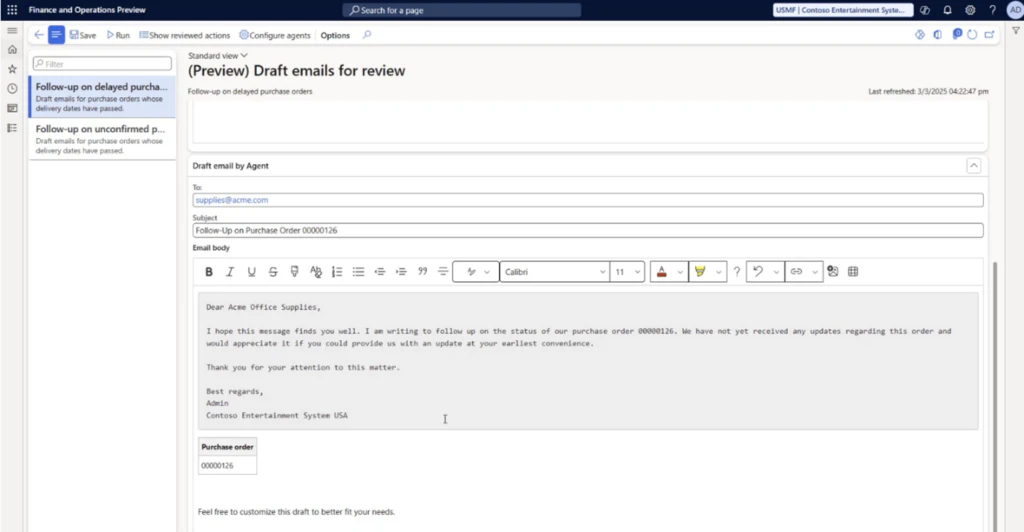
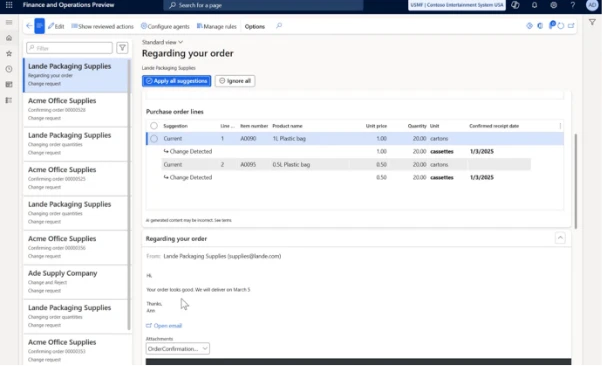
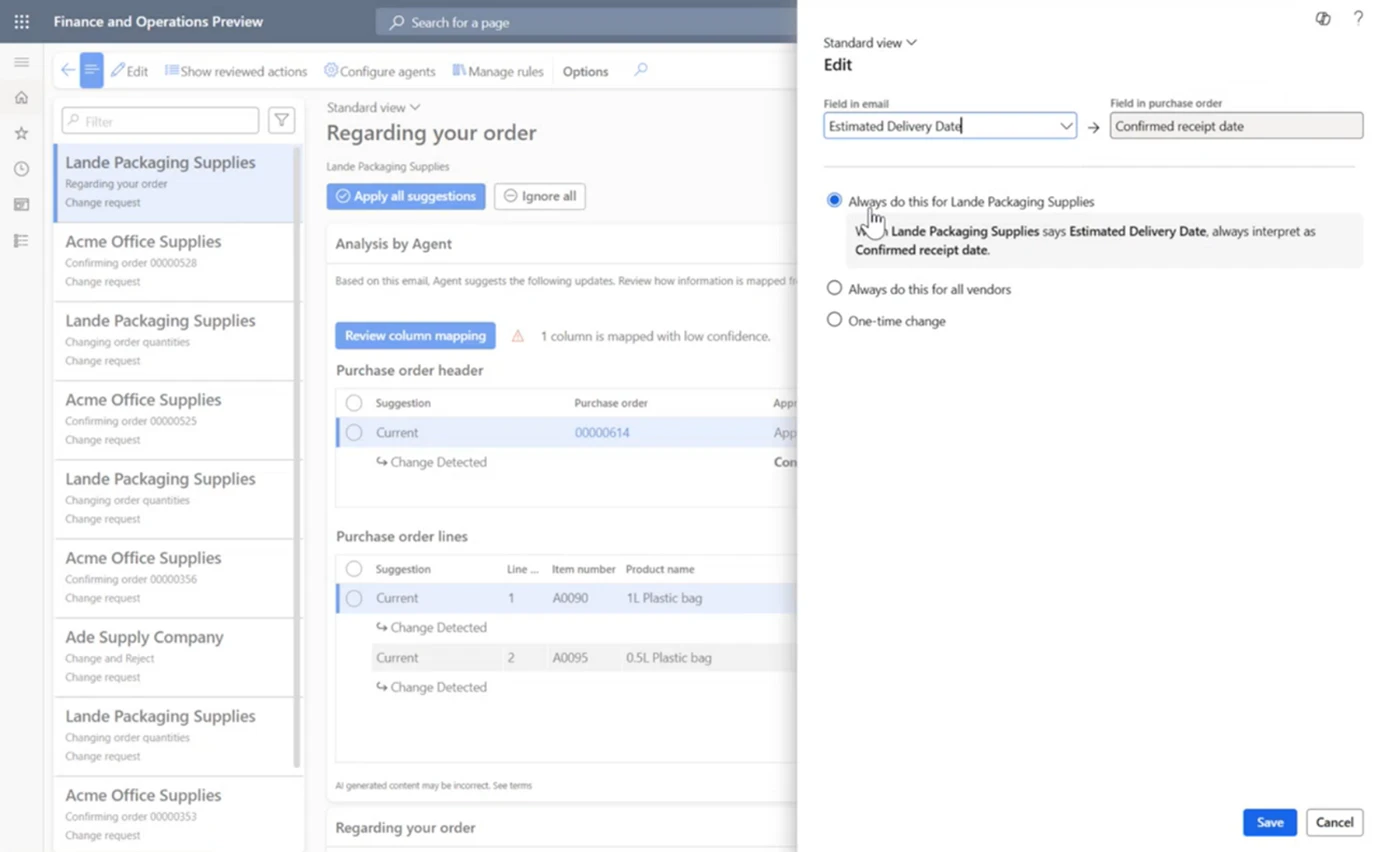
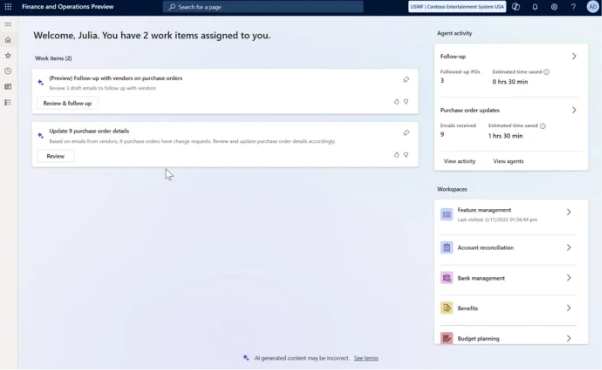

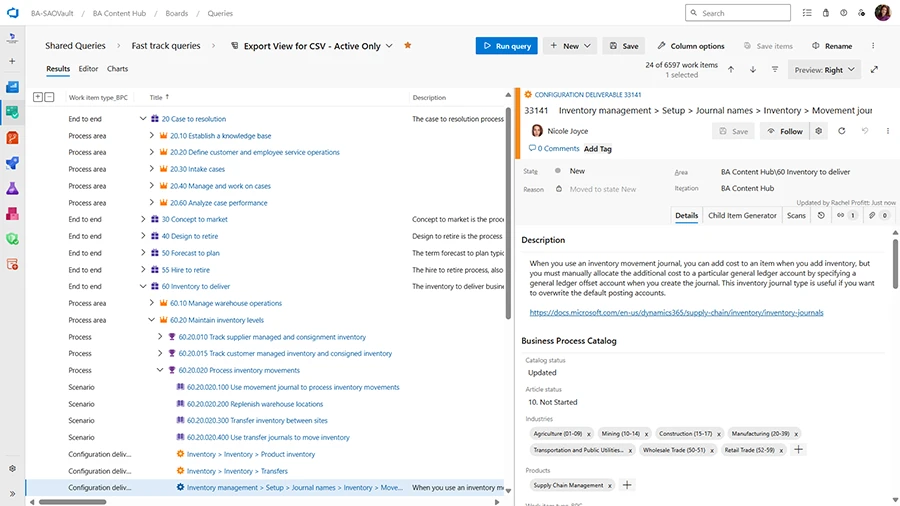


Recent Comments